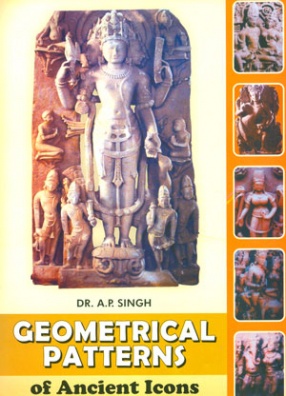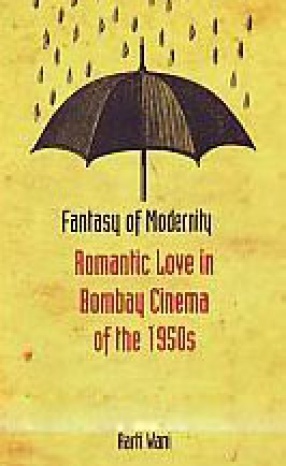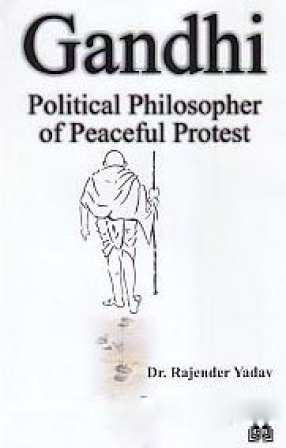The Other Indian Classes’ [OICs], labelled as ‘non-martial’ and debarred from enrolling as combatants in the Indian Army till 1947, formed part of ‘C’ Squadron 45 Cavalry. Equipped with the amphibious PT-76 tanks, they were unleashed to swim across the River Kabodak, near the Boyra salient, to counter the threat from East Pakistan. On November 21, 1971, the cream of the Pakistan Army, who boasted that “one Pakistani soldier was equal to three Indian soldiers,” clashed in a tank versus tank battle at Garibpur. In one fell swoop, the 3 (Independent) Armoured Squadron, consisting of fourteen American M-24 Chaffee tanks, was completely destroyed and two infantry battalions badly mauled, followed by the shooting down of three Sabre F-86 jets for the loss of two PT-76 tanks. The biggest attack planned by General AAK Niazi to teach the Indians and the Mukti Bahini a lesson had gone up in smoke. 45 Cavalry had written a new chapter in Indian history. The battle fought at ranges of 300-700 metres is a rare example of complete destruction of a squadron by another squadron. It broke the Pakistani myth of invincibility and sent shudders down the spine of General Yahya Khan and his coterie of Generals, leading them to declare war. Alarm bells started ringing in world capitals while the United Nation galvanised itself to broker a ceasefire. President Nixon is on record telling Henry Kissinger to ‘tilt’ in favour of Pakistan as “those Indians are bastards anyway”. By the time the Seventh Fleet entered the Bay of Bengal, 93,000 soldiers of Pakistan had surrendered to the Mitro Bahini (joint forces of India and Bangladesh), and Bangladesh had become a free nation.
The Burning Chaffees
In stock
Free & Quick Delivery Worldwide
reviews
Bibliographic information
Title
The Burning Chaffees
Author
Edition
1st. ed.
Publisher
KW Publishers, 2016
ISBN
9789383649853
Length
xvii+317p., Illustrations; Maps; 24cm.
Subjects





There are no reviews yet.